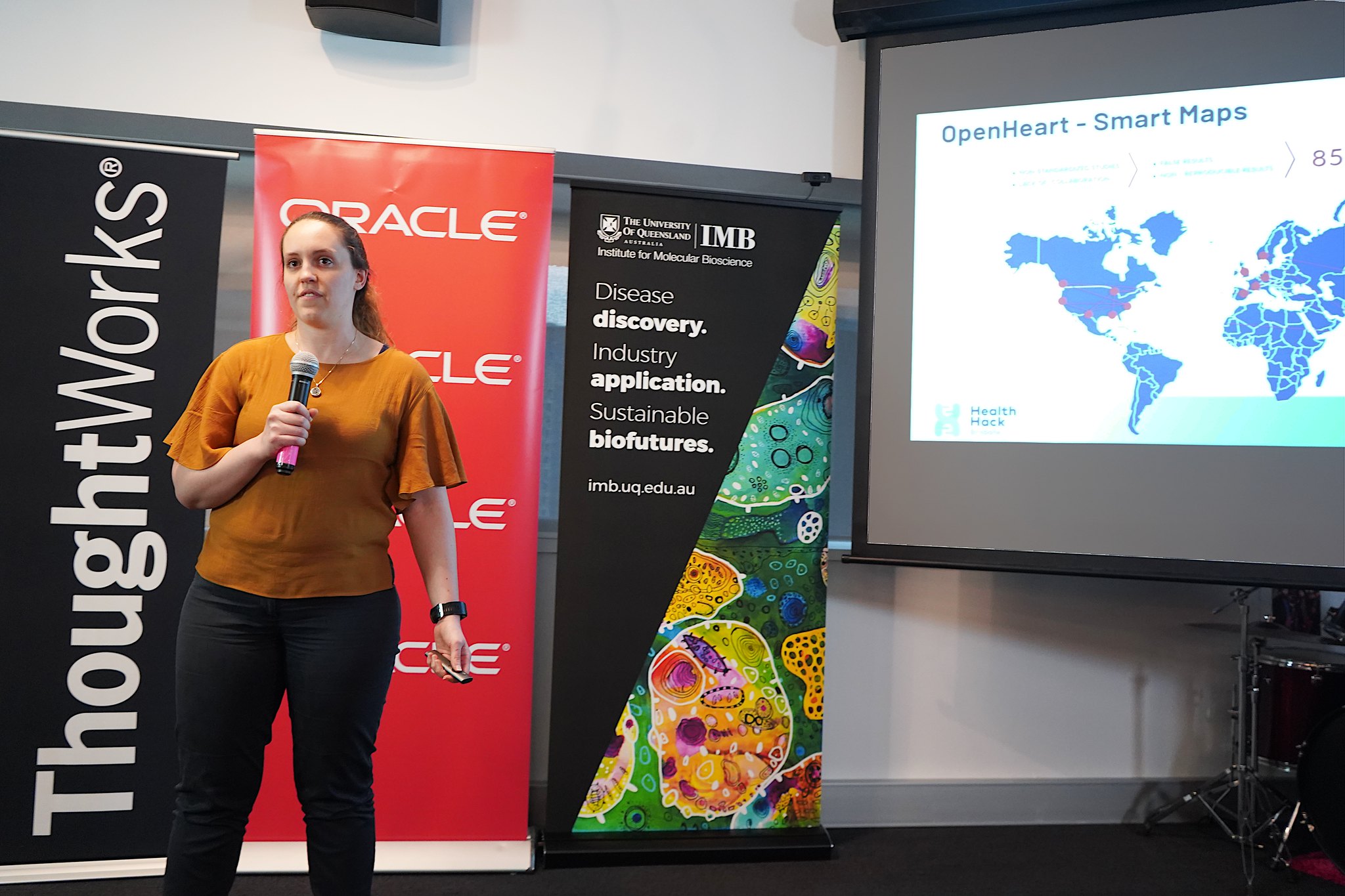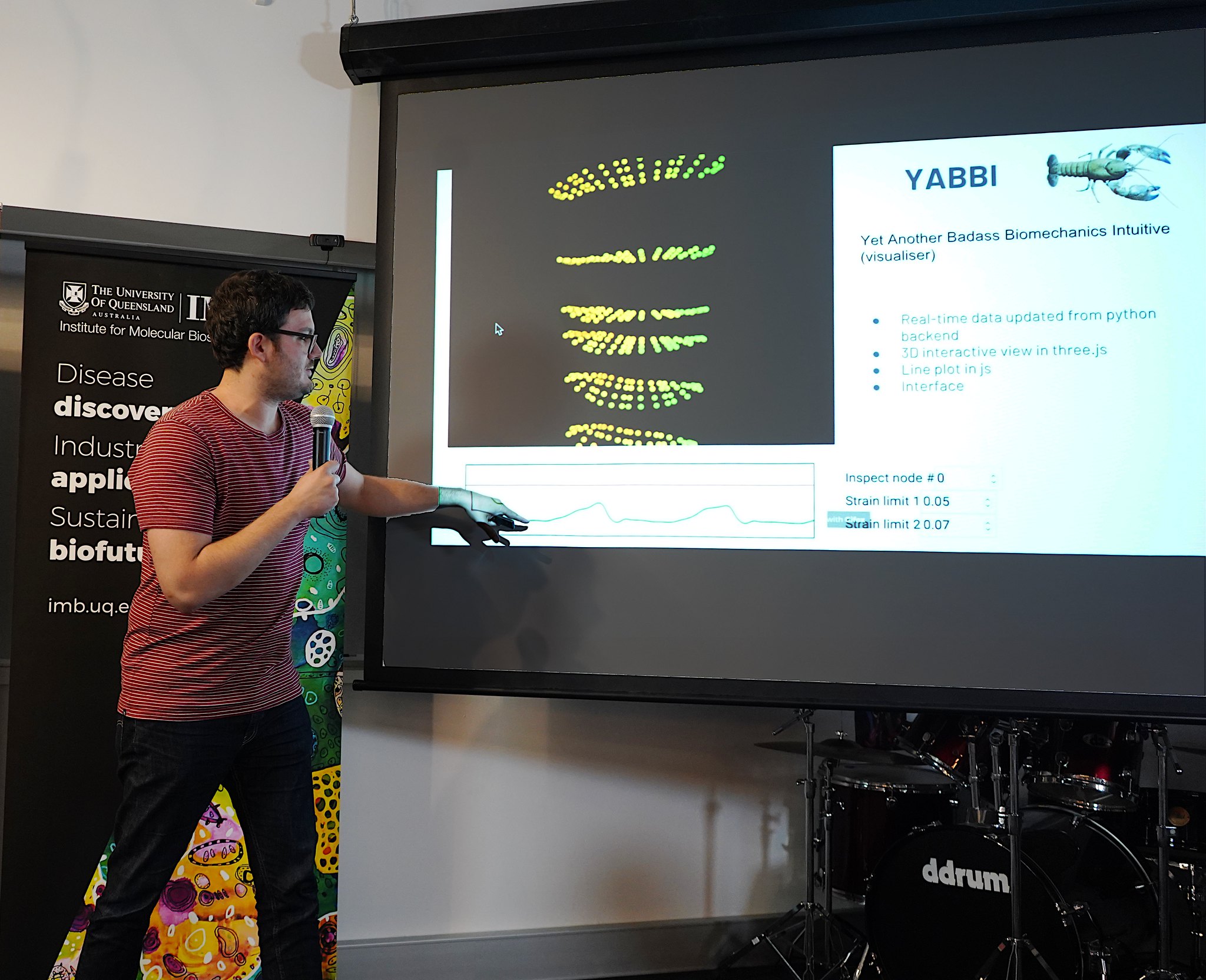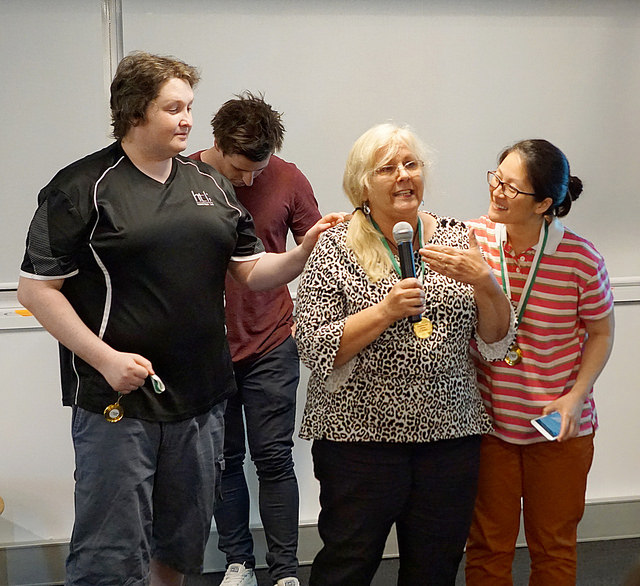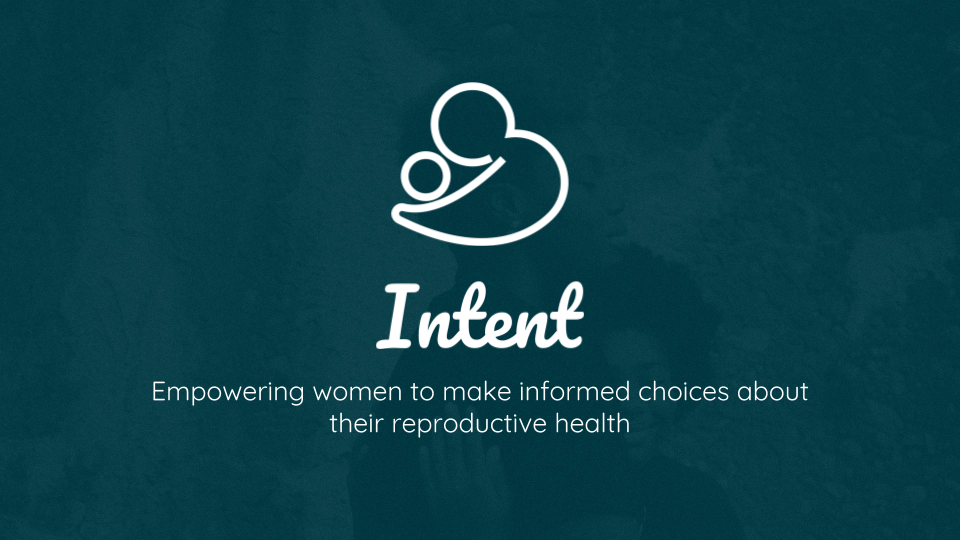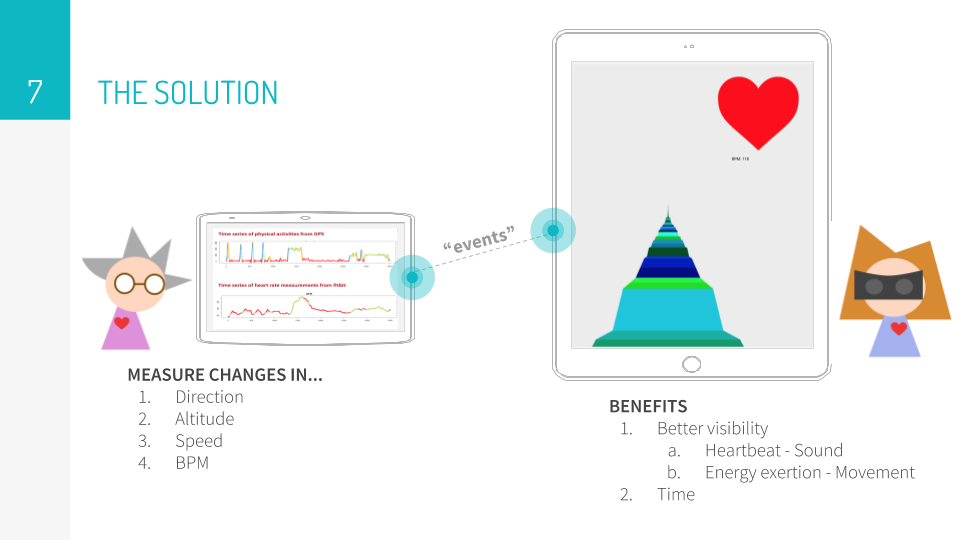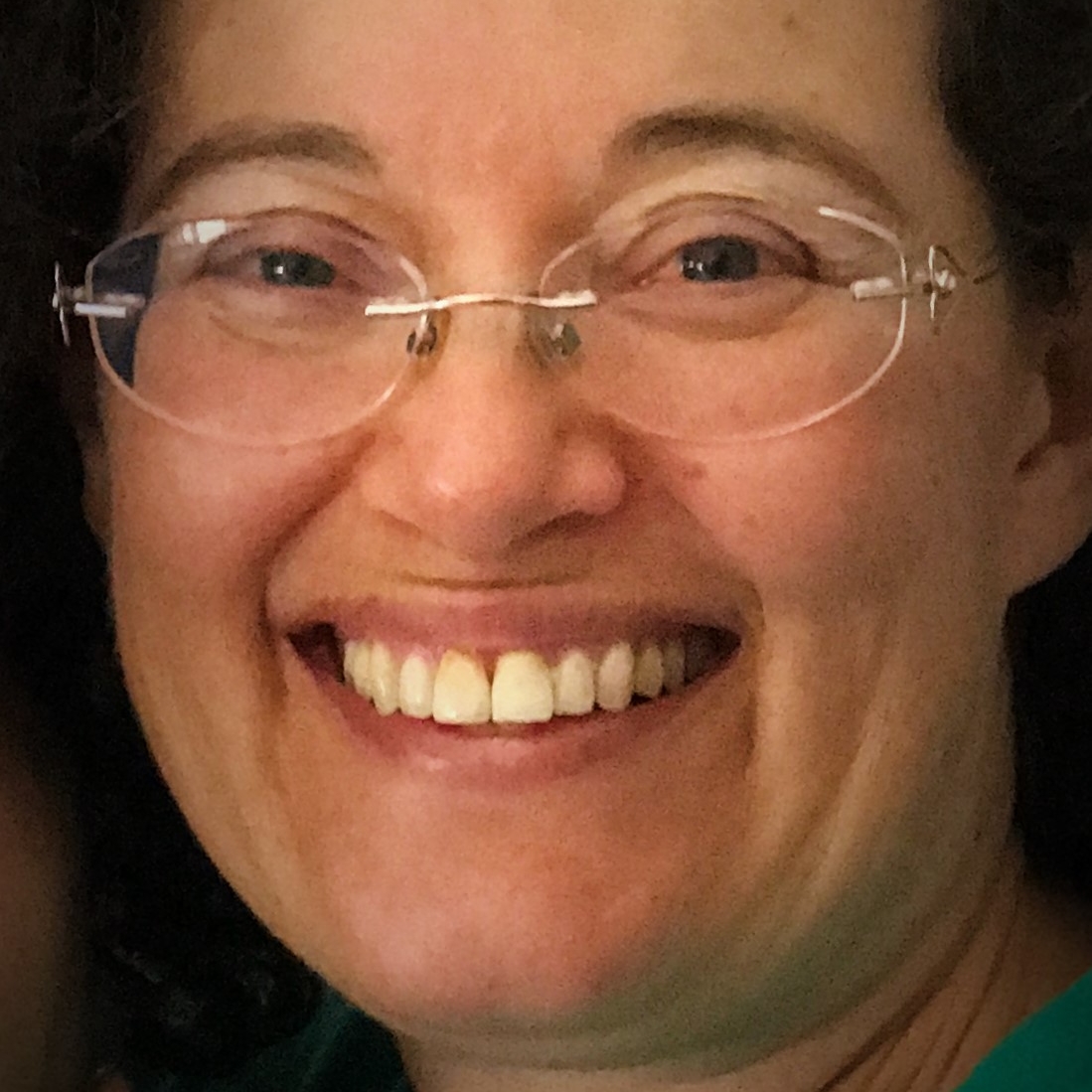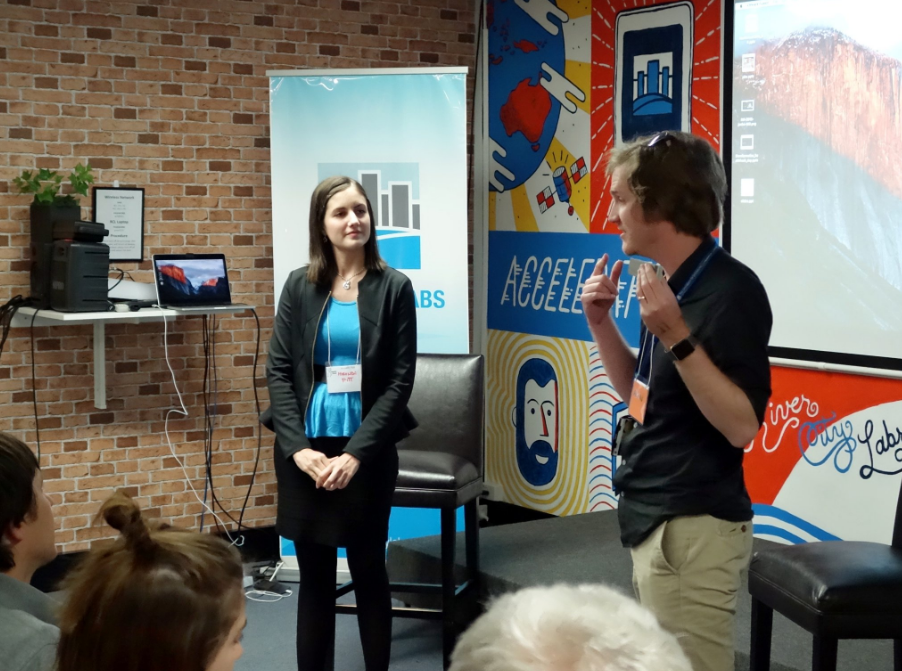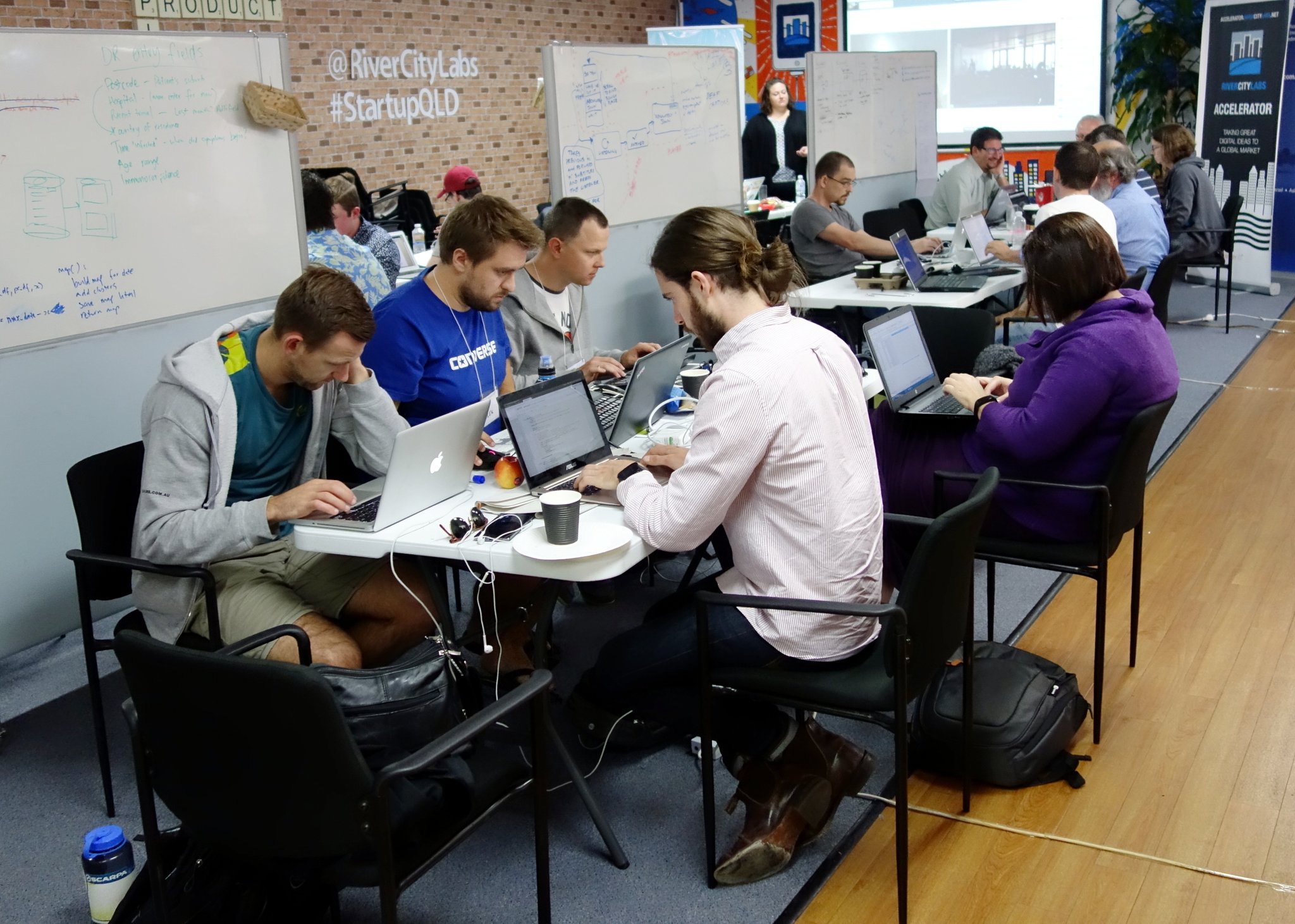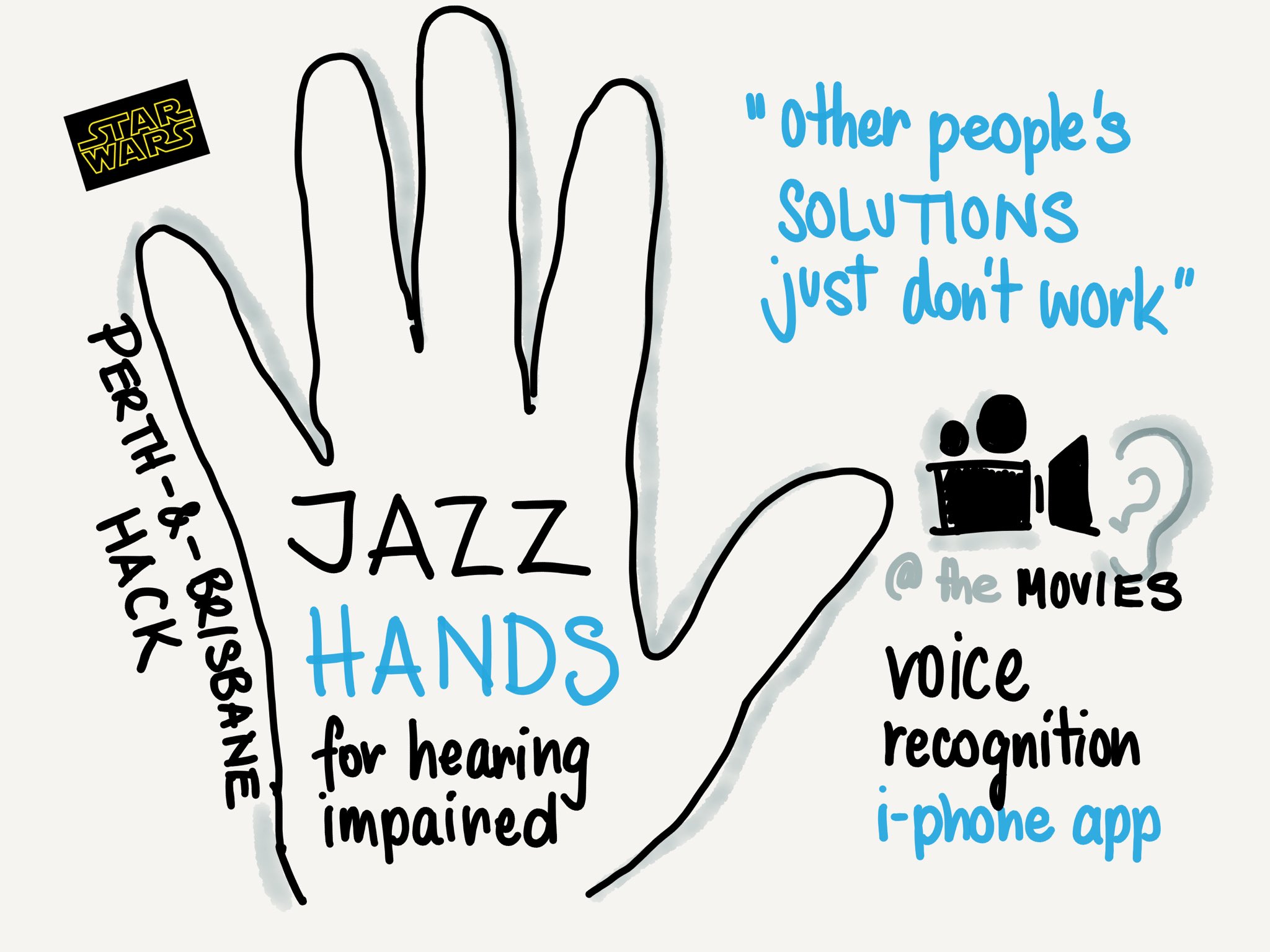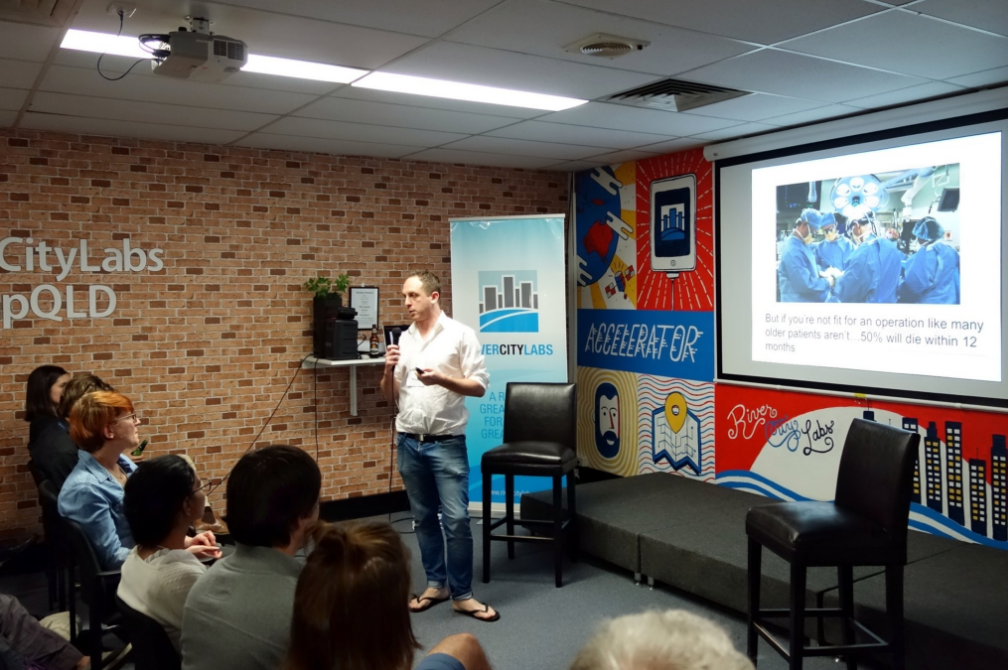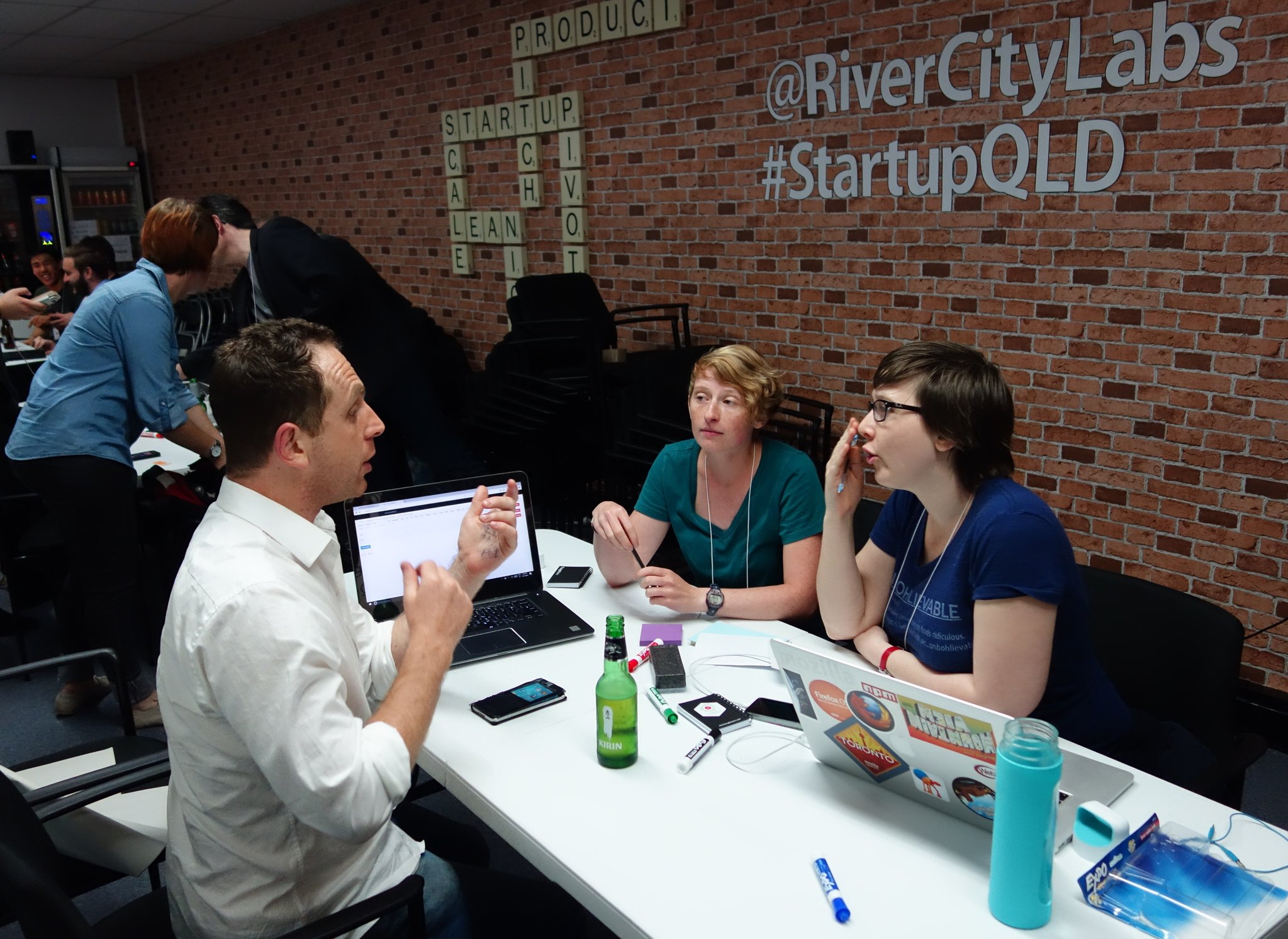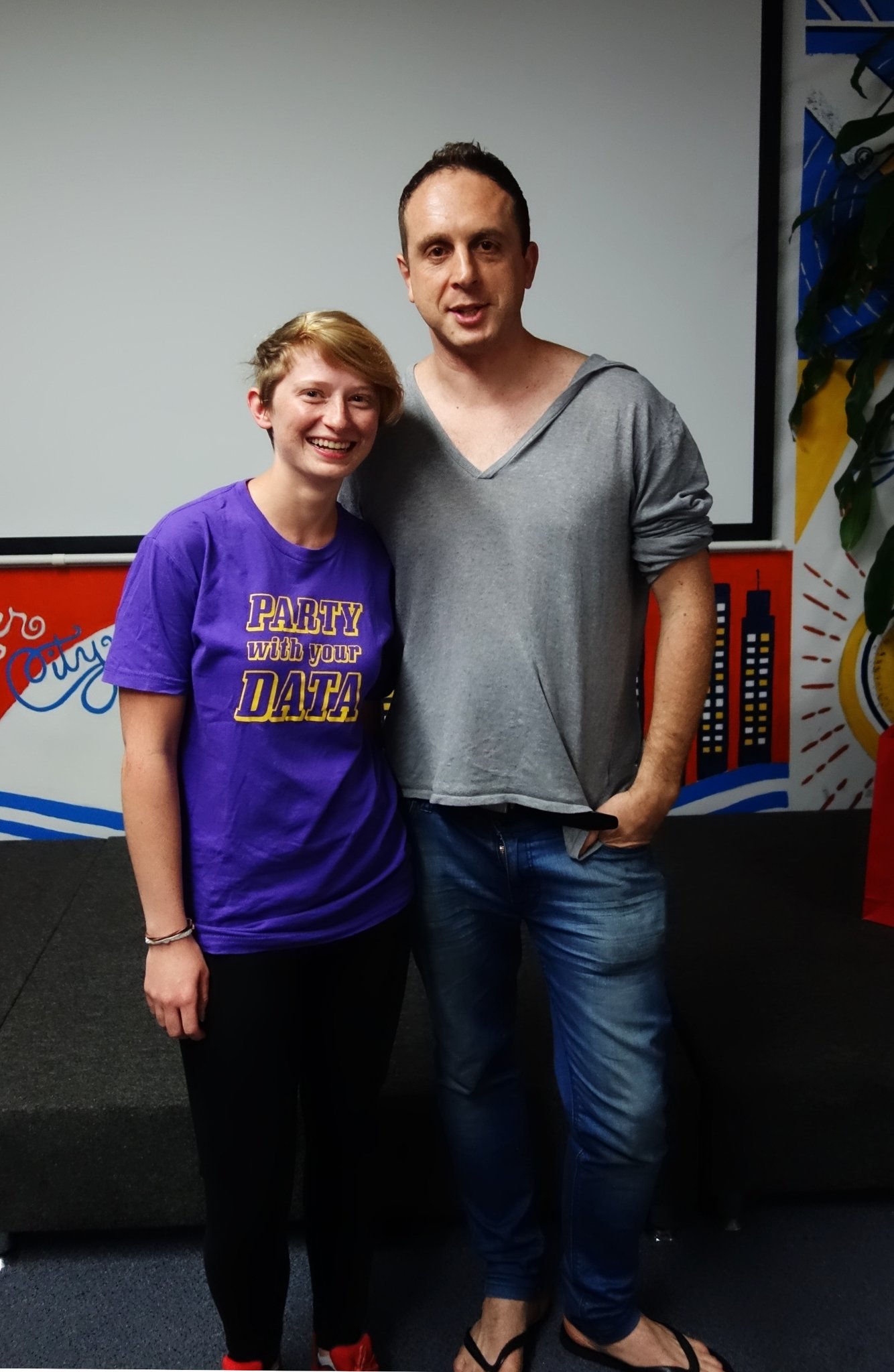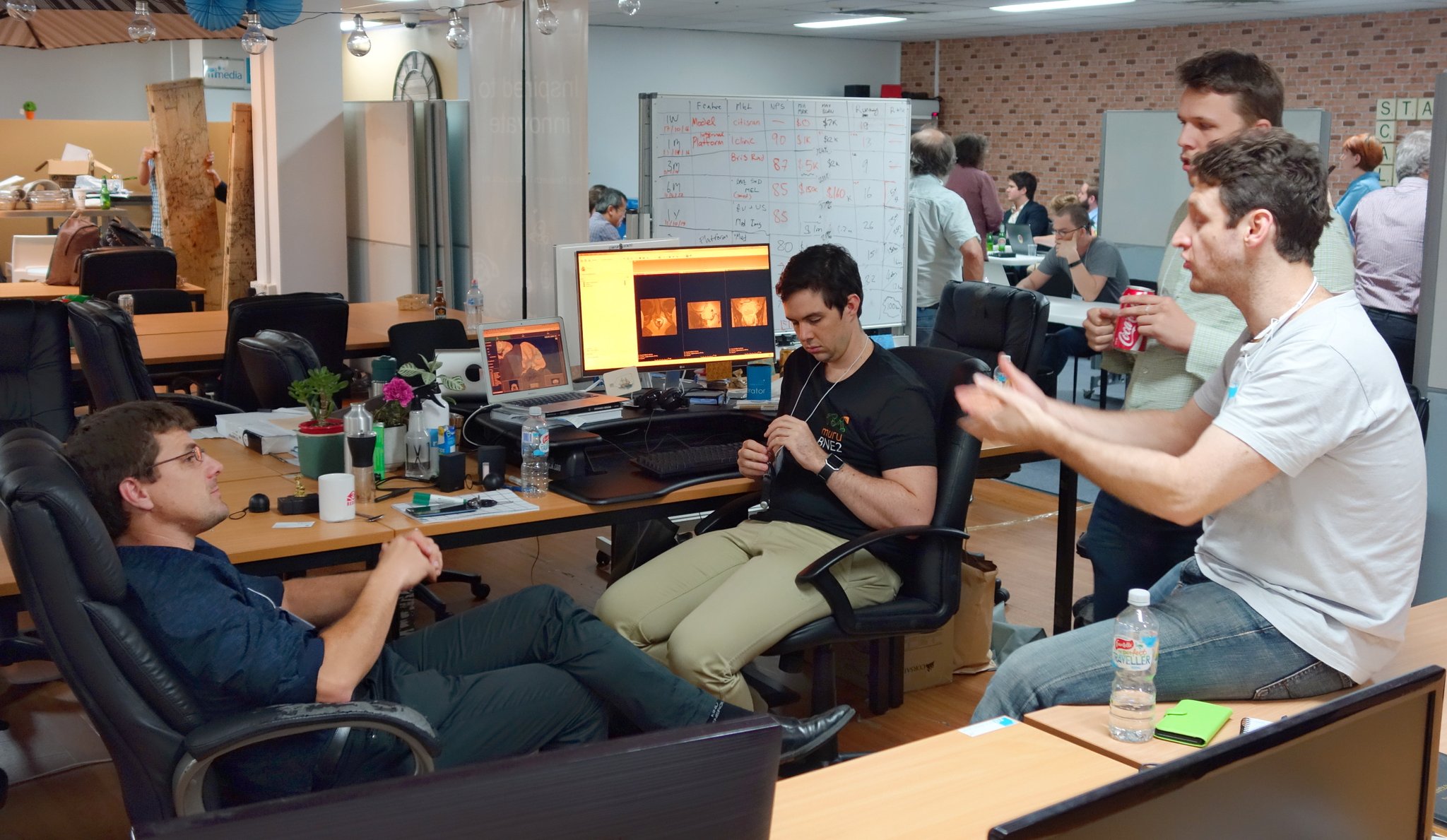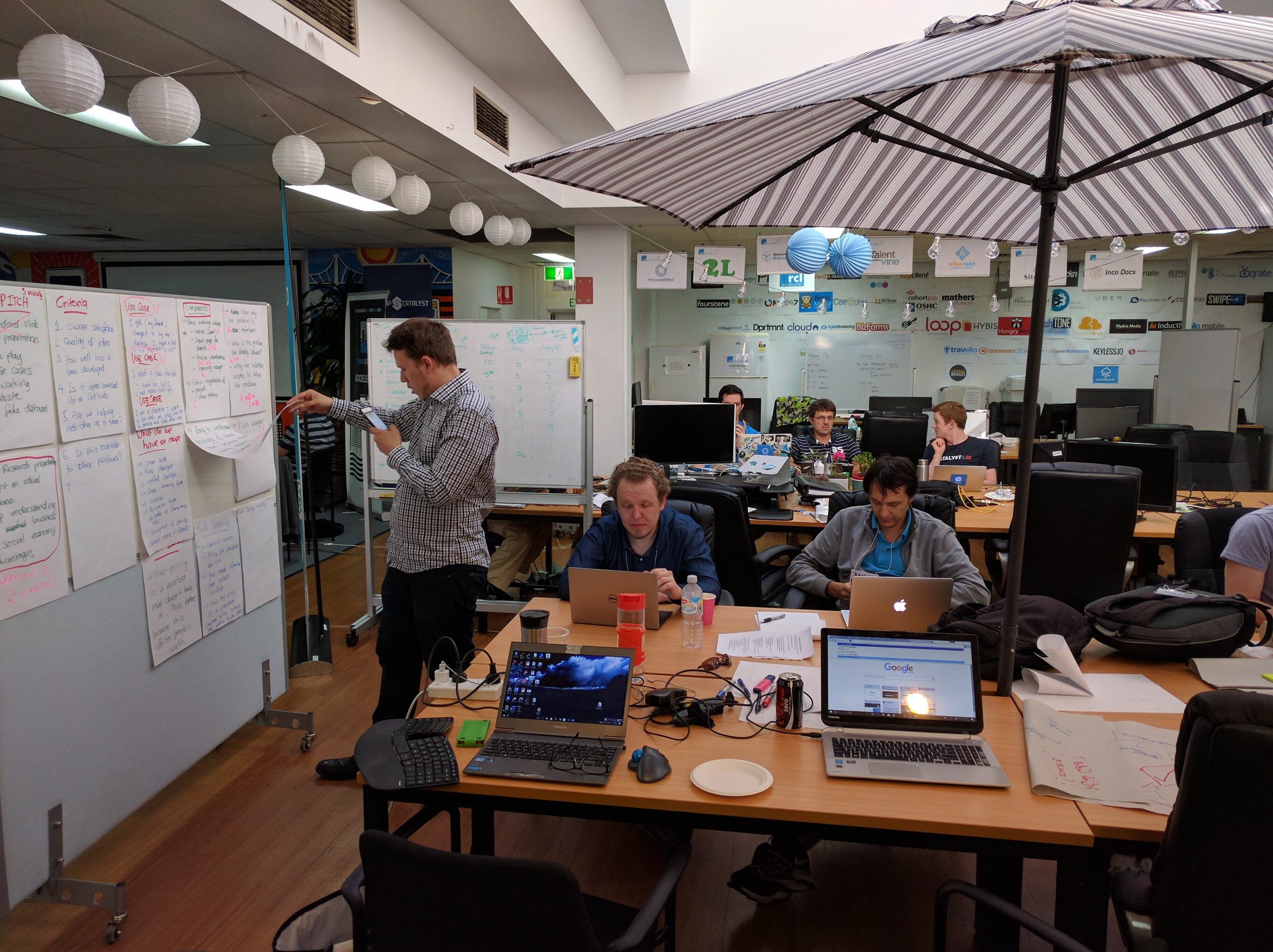Great news! HealthHack is running again in 2020 remotely!
We will be running the last two weekends in July 2020.
Two weekends?! Yep we’re going to run over two weekends.
HealthHack is barely enough time when everyone is in the same room let alone all working from home so we are giving teams a little extra time to get their remote working setup going.
What does a remote HealthHack look like? Our best guess is:
Problem owners will record videos of their pitches which will be made available on the HealthHack YouTube channel before the opening weekend
Teams will be able to form before the first weekend if they like
Final pitches will be recorded and made available on the HealthHack YouTube channel
You have to get your own coffee & bananas
The event will be open to anyone, anywhere.
This is the first time we’re running this remotely but we’re all experts at running HealthHack and many of us are experienced working remotely. If you’re keen to come but unsure of how you’ll be able to work remotely we’ve got you covered. The organising team are on hand, just like the normal events, to help make this work.
What we need from YOU
If you work in Health and Medical Research and there's a problem you need help with? Get in touch here ASAP: https://www.healthhack.com.au/submit-a-problem
Want to hack? Got mad skills at running remote software/design teams and want to mentor? Want to help sponsor the event? If you answered “yes” to any of those questions: You’re champ! We’re laser focused on gathering problems so the event can actually happen but we’ll be in touch soon with the details of how you can help those problems get solved.
UPDATE
Tickets are on sale now for the low low price of free!










